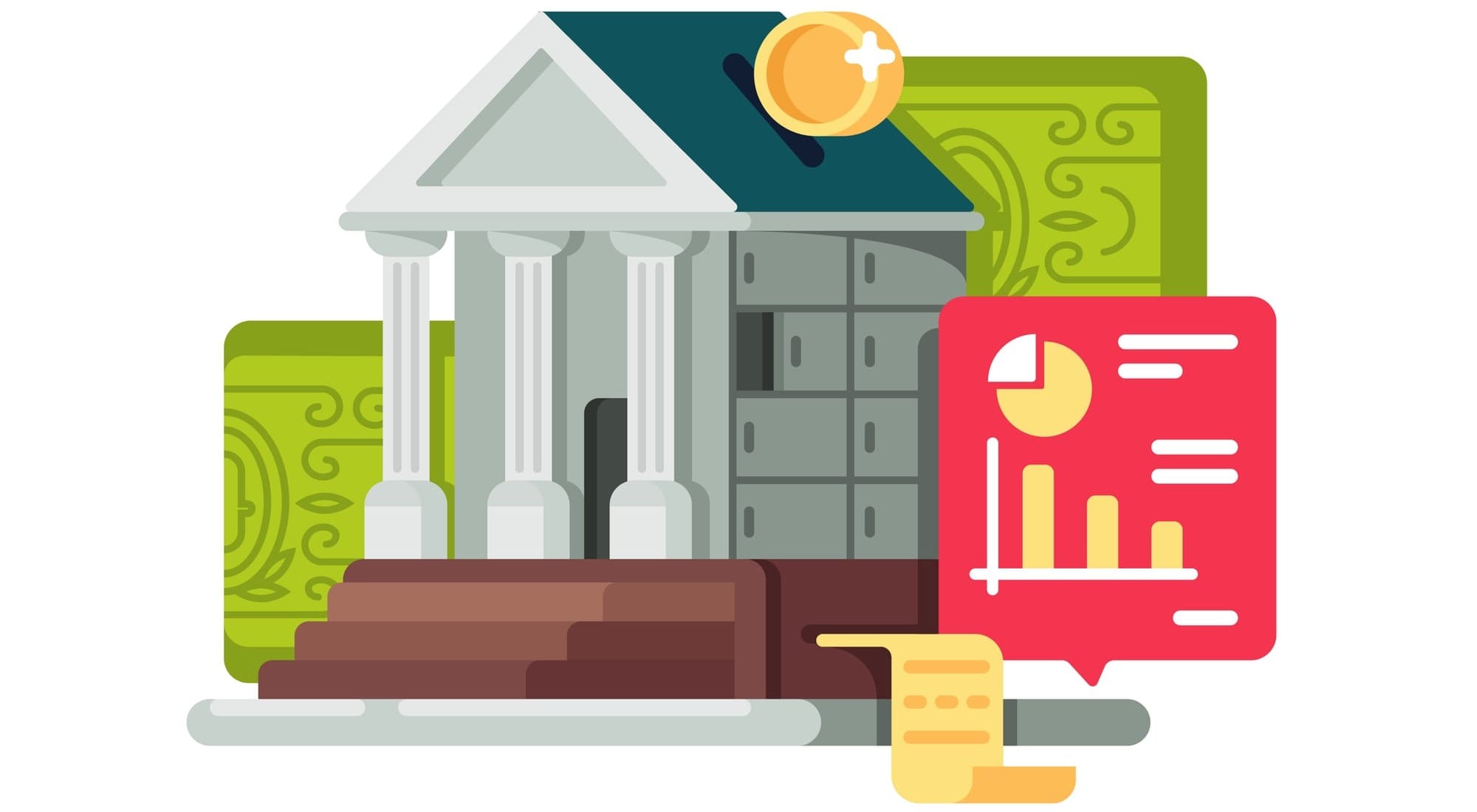The 5 Dumbest Ways to Use Your Points (And What to Do Instead)
You earned the points. You played the game. You did the swipe, got the bonus, chased the category. So why are you cashing them in like they’re pennies?


If you’re sitting on a stash of points, you’ve got two choices:
You can redeem them the way the banks want you to…
Or the way that actually gets you life-changing value.
The gap between a good redemption and a terrible one isn’t 10%. It’s often 300% or more.
Let’s walk through the 5 worst ways to use your points—and how to make every one of them smarter.

1. Using Points for Gift Cards
It feels safe. You see your 100,000 points and think, “Hey, that’s $1,000 at Amazon. That’s not bad.”
It is bad.
The Real Value
Gift card redemptions often get you 0.7 cents per point. That’s 30% below average, and in some cases up to 80% less than what your points could actually be worth when used for travel.
What To Do Instead
Transfer those points to a travel partner. That $1,000 in gift cards could get you a $2,000–$5,000 flight, depending on how you use them.

2. Booking Through the Bank Portal at 1¢ per Point
This one’s a trap. It’s shiny. It’s easy. It feels like Expedia but with your points. But it’s still a trap.
Bank travel portals (Chase Ultimate Rewards, Amex Travel, etc.) often default to a redemption rate of 1 cent per point. A few cards offer a boost (1.25¢ or 1.5¢), but even those pale in comparison to real-world transfer redemptions.
Why It’s Dumb
It sounds fair—1¢ per point is clean. But if you’re spending 100,000 points for a $1,000 domestic flight, and someone else is getting a $4,000 Qatar Qsuite seat for those same 100,000 points, you’ve got to ask: who’s playing the game better?
If You Have the Chase Sapphire Reserve
1.5¢ per Point on the Portal means it’s a shinier trap. Not quite as dumb. But still a trap.
Yes, getting 1.5¢ per point beats the sad 1¢ most cards offer—but don’t confuse a better floor with a better play. You’re still trading flexible, high-leverage points for fixed-cash value.
That $1,000 flight for 66,667 points might feel like a win, but those same points could cover a business class seat to Europe or a five-night Hyatt stay in Tokyo. Chase gave you a fancier cage. But you’re still in the cage.
What To Do Instead
Get strategic with transfers. Use your points where award charts or partner sweet spots let you leverage fixed pricing against cash price volatility.

3. Redeeming for Hotels with Dynamic Pricing
Hotels can be tricky. You search in your bank’s portal or on a partner site, and the numbers seem wild: one night might cost 25,000 points, another 70,000, same hotel. That’s dynamic pricing, and it’s rarely in your favor.
Why This Hurts
Dynamic pricing means your points are pegged to cash value, which is often inflated for convenience. You lose upside and rarely win when demand is high.
Example: A Hyatt hotel may cost $800 a night during peak season, or 25,000 points. That’s a 3.2¢/pt redemption. Meanwhile, a Marriott charging 70,000 points for a $480 stay gives you 0.68¢/pt. Huge gap.
What To Do Instead
Use your points to book outsized value stays—off-season luxury, sweet-spot locations, or all-inclusive partner awards. With Hyatt, 25,000 points can get you a $1,000 villa in Mexico. With Hilton? Maybe a room by the airport.

4. Paying for Coach Domestic Flights at Peak Times
You’re flying NYC to Miami for the holidays. It’s $650 in cash or 50,000 points. You use the points. You feel smart. But you’re not.
The Problem
You just got 1.3¢ per point on a flight that should have been a cash fare. Worse, you burned valuable transferable points that could’ve gone much farther.
What To Do Instead
Save those flexible points for international or premium travel. If you want to fly domestic economy, pay cash or use fixed-value programs like Southwest Rapid Rewards, JetBlue TrueBlue, or Capital One.

5. Letting Points Expire
The absolute worst move: doing nothing.
It happens more often than you think. You forget a login. A card gets canceled. A program deactivates your account after 18 months of inactivity.
What You Lose
Points don’t just disappear. They vanish with opportunity: free hotel nights, international upgrades, bucket list trips.
What To Do Instead
Keep your points alive by linking your programs to portals like Up+, where they’re monitored, consolidated, and optimized. One dashboard. Zero guesswork.
The Smarter Way to Redeem
Let’s be clear: points are a currency. Just like dollars, they can be spent wisely or wastefully. The difference? Most people were never taught how to use them.
Here's the mindset shift:
- Stop thinking of points as a “discount.”
- Start thinking of them as a conversion asset—something that lets you turn effort into leverage.
Used well, points let you:
- Fly international business class for economy prices
- Stay at $800/night resorts for 20,000 points
- Take your family to Europe on points and pay $100 in taxes
- Get five times more value than a cash-back card could ever give you

The Playbook (in 3 Steps)
Step 1: Know the Real Value
Points can be worth anywhere from 0.5¢ to 6¢ or more depending on how you redeem. Your job is to aim for 2¢+ consistently.
Step 2: Focus on Transferable Currencies
Chase Ultimate Rewards, Amex Membership Rewards, Citi ThankYou, and Capital One Miles are the keys to the kingdom. Why? Because they give you options.
They’re like the cash of points—use them anywhere, move them smartly.
Step 3: Learn the Sweet Spots
Every program has them. ANA roundtrip business to Japan. Virgin Atlantic for Delta One. Hyatt in Asia. These are the redemptions where points multiply.
Final Word: Don’t Let the Bank Win
Banks make billions every year on points. But most of that profit comes from you using them the wrong way.
You’re not just playing a game. You’re playing a rigged one. Until you know how to rig it back.
Don’t redeem like everyone else.
Redeem like someone who knows better.




